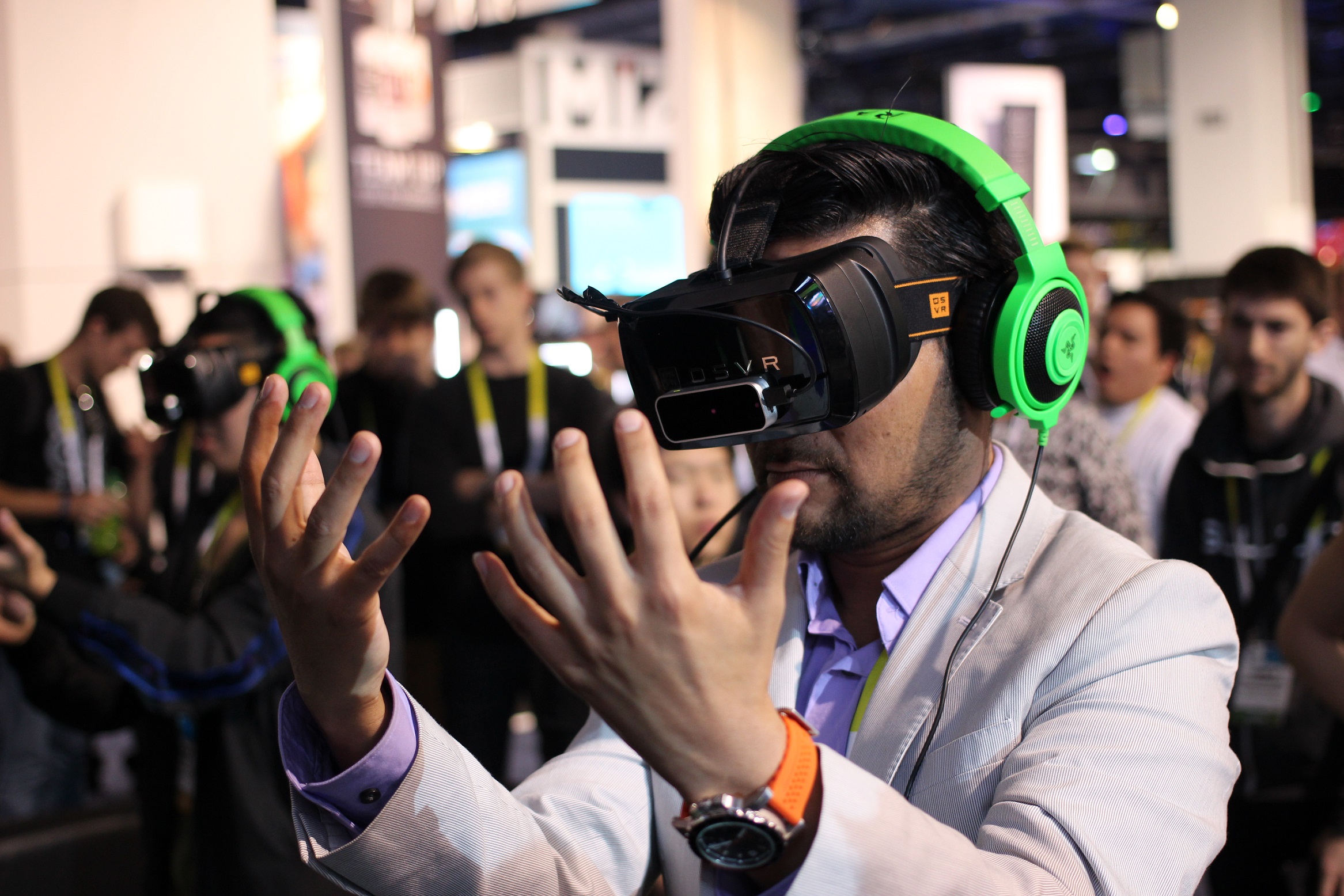
Virtual reality (VR) technology lets users experience a virtual world by immersing them into a non-real universe of content, be it games, learning platforms, travelling apps, and so on.
Eyes are covered by a headset and users experience a replication of fictional or real world scenarios. VR has 360 degrees views and includes high quality sound experience.
VR has its origins back in the 1950s when cinematographer Morton Heilig explored the concept of VR. In 1957 he created Sensorama. The machine was a simulator that recreated the illusion of reality using a 3D motion picture.
Sensorama, patented in 1962, was also able to recreate smell, produce sounds, wind, and vibrate the seat so the user would be fully immersed into the experience. Due to his invention, Heilig has been touted as the Father of VR.
What is the VR market worth?
Since Heilig’s invention, the VR industry has been trying to develop a product that could reach the masses and allow everyone to experience VR.
Since 2010, advancements in this filed have led to the launch of several headsets including Oculus VR, Samsung’s Gear VR, Google’s Cardboard, and so on.
Between 2014 and 2016, thousands of apps, videos and games have been developed to be consumed and experienced through VR headsets.
By 2020, the VR market is expected to be worth $30bn, according to Statista. Hardware will account for just over $5bn and software is set to be worth $24.5bn.






